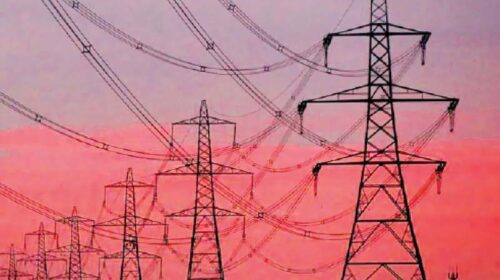The National Electric Power Regulatory Authority (Nepra) on Tuesday approved 57 paise per unit increase in base electricity tariff with effect from June 1 to provide Rs14.3bn additional revenue to distribution companies (Discos) of ex-Wapda in three months.
The increase was allowed under quarterly tariff adjustment mechanism for first quarter (July-September 2021) of current fiscal year. Ten Discos had together demanded Rs33bn additional funds for the said quarter, but a number of regulatory meetings and public hearings found their number unbankable.
Nepra twice cancelled public hearings on Jan 12 and Feb 23 because of unreliable data and asked the federal government to look into the affairs of the Discos and followed up with a number of meetings with Power Division for verification and reconciliation of various claims including those relating to industrial relief package that promised a concessionary rate of Rs12.96 per unit until 2023.
After a four-month detailed scrutiny and verification process the regulator worked out a uniform increase of Rs57 paise per unit for all Discos and their consumers, except lifeline consumers and incremental consumption by industrial units. “The allowed quarterly adjustment (Rs14.3bn) has an impact of around Rs0.5715/kWh on uniform basis on all consumers except for lifeline and increment industrial sales eligible for Industrial Support Package,” announced Nepra, adding that it would be applied from June 1 to be recovered within three months from the date of notification.
The regulator put on record that Discos had used different methodologies for calculation of impact of incremental sales under the incentive package had also included the impact of incremental sales for the previous period i.e. from November 2020 onward.
Nepra said it decided to work out the quarterly adjustment based on net units, i.e. units purchased for incremental sales have not been included while working out the quarterly adjustments. Accordingly, the cost recovered on incremental units over and above the fuel cost i.e. (Rs12.96 less reference fuel cost for each month) has been adjusted from the quarterly adjustments worked out based on net units.
Similarly, the Prior Year Adjustment (PYA) as well as sales mix would also be worked out based on net units i.e. excluding units purchased for incremental sales. Thus, no further adjustment would be allowed for units purchased for incremental sales.
Under the tariff mechanism, changes in fuel cost are passed on to consumers only on a monthly basis through an automatic mechanism, while quarterly tariff adjustments on account of variation in power purchase price, capacity charges, variable operation and maintenance costs, use of system charges and including impact of transmission and distribution losses are built in the base tariff by the federal government.







